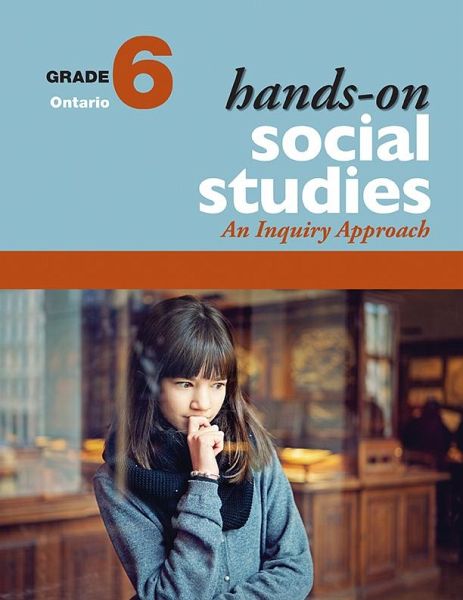Nicht lieferbar

Hands-On Social Studies for Ontario, Grade 6
An Inquiry Approach
Versandkostenfrei!
Nicht lieferbar
Filled with a year's worth of classroom-tested activities, this resource conveniently includes everything both teachers and students need. The grade 6 book is divided into two units: 1. Communities in Canada, Past and Present 2. Canada's Interactions with the Global Community STAND-OUT FEATURES * focuses on the goals of the Ontario Social Studies curriculum * adheres to the Growing Success document for assessment, evaluating, and reporting in Ontario schools * builds understanding of Indigenous knowledge and perspectives TIME-SAVING, COST-EFFECTIVE FEATURES * includes the five components of th...
Filled with a year's worth of classroom-tested activities, this resource conveniently includes everything both teachers and students need. The grade 6 book is divided into two units: 1. Communities in Canada, Past and Present 2. Canada's Interactions with the Global Community STAND-OUT FEATURES * focuses on the goals of the Ontario Social Studies curriculum * adheres to the Growing Success document for assessment, evaluating, and reporting in Ontario schools * builds understanding of Indigenous knowledge and perspectives TIME-SAVING, COST-EFFECTIVE FEATURES * includes the five components of the inquiry model * opportunities for self-reflection and activating prior knowledge * authentic assessment for, as, and of learning * social studies thinking concepts, guided inquiry questions, and learning goals * support for developing historical thinking skills * access to digital image banks and digital reproducibles (Find download instructions in the Appendix of the book)



